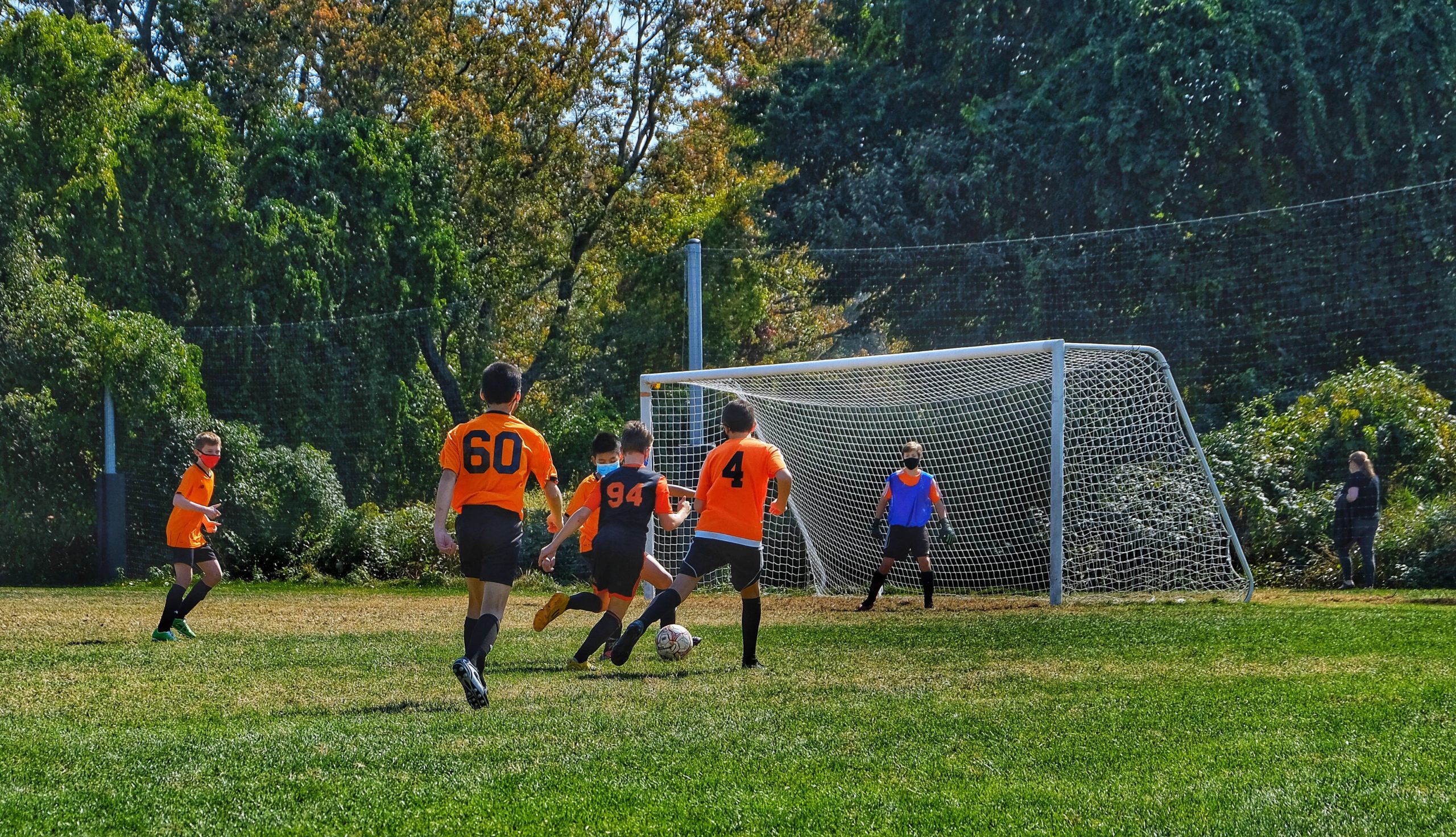
Autumn is upon us, and so are fall youth sports. As kids and teens begin their sports seasons — whether that’s soccer, cross country, football or dance — it’s important for parents, coaches and athletes to recognize common injuries and risk factors that can sideline young athletes. Here are some tips to keep kids and teens healthy while playing sports this season:
1. Diversify activity
He often sees young athletes come in the clinic with patellofemoral (knee) and low back pain due to hyperextension or arching of the back while performing a sport. To prevent this type of injury, Onderdonk encourages young athletes to allow their muscles, tendons and surrounding tissue adequate time to recover in between intense training sessions or games. Rest days might include low-impact activities like deep water fitness and biking, or light strength training at home or in the gym.

2. Be mindful of growth spurts
3. Keep sports fun
When a kid or teen is motivated to play a sport, they may be hesitant to let a parent or coach know about a seemingly minor injury. Unfortunately, “little injuries can turn into big injuries if they are not addressed,” said Onderdonk.
While sports-related injuries are sometimes inevitable, physical therapists can be excellent resources for athletes, parents and coaches alike. “There’s help for injury management and ways to optimize a young athlete’s performance,” said Onderdonk. “One of my favorite things about being a PT is seeing my patients become more confident in moving and in their sport.”
Photo credits (top to bottom): Yuval Zuckerman via Unsplash; Leah Hetteberg via Unsplash
